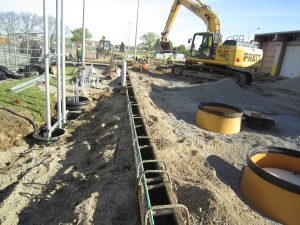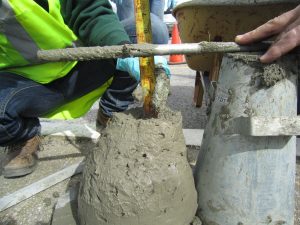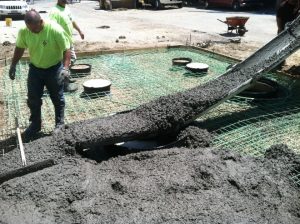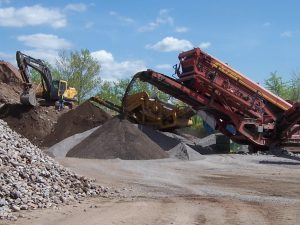Guide to Proper Concrete Installation
Avoid Cold-Weather Pours
With the onset of springtime and warmer weather comes a dramatic increase in outdoor construction work. Concrete work is widespread in the construction world, whether concrete is used as a platform for equipment, a pedestrian walkway, road curbing, to encase a buried pipe, or any other purpose. Warm temperatures are ideal for pouring concrete, since below-freezing temperatures during curing may damage concrete if special precautions are not followed. When pouring concrete, good practices, like avoiding concrete work on a freezing day, prevent cracking and honeycombing.
Follow the Concrete Standards
In this blog, we will discuss good concreting practices. The American Concrete Institute (ACI) and ASTM International are the two worldwide leaders when it comes to setting standards for concrete work, and their standards are the basis for the vast majority of jobsite practices.
Items of highest importance when planning and executing a concrete job are:
Selecting and confirming the proper cure strength
Concrete mixtures are designed to reach a specific compression strength upon curing. Depending on the material ratio (air, water, cement, admixtures), a mixture’s strength can be altered. Not only is it important to specify the type of mix you want, but care must be taken to confirm that you ultimately receive the correct product. It is crucial to obtain all copies of material tickets and receipts to properly document your work.
Selecting and constructing appropriate formwork
Formwork is placed around the perimeter of the selected area, and directly dictates the shape and extent of all concrete work. Forms are typically 
Performing an onsite slump test
An important QA/QC step when overseeing concrete work is the slump test, 
Ask the Engineers
Walden has a team of professional engineers with experience in designing concrete pads for various applications ranging from light-duty (pedestrian use) to heavy-duty (commercial truck traffic) and know the concrete good practices. Check out our services for more information. Please give us a call today at (516) 624-7200 to discuss your next project!


